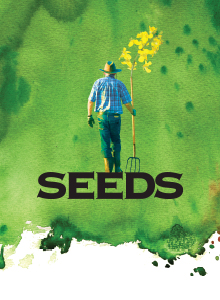Just how far are we away from the mind-powered car? These were my thoughts when I read an article in Prism about Japanese researchers at Toyota who were developing a headset device for wheelchair users that would allow them to control their wheelchairs by simply thinking about where they wanted to go. Toyota’s “Brain Machine Interface” technology uses electroencephalography (EEG) data to enable people with physical disabilities to drive, steer and stop their wheelchairs using the power of the mind. The technology takes some training in order to coordinate the user’s thought patterns and the system’s responses. Researchers claim that the system can “adapt to a particular user’s thought patterns to improve accuracy to as high as 95%… Training on the system for 3 hours a day for a week is enough to have it tuned in to a user’s motor-control thought patterns” (PC World). The applications of such a revolutionary technology seem boundless! Imagine you could just think up what you wanted to have for dinner, mentally going through the various tasks while a robot actually went about preparing the meal. You might not even have to lift a finger in order to sit down to a four-course meal! Even though Japanese researchers are working on applications of this technology for use in controlling robots, we’re not quite there yet.
But now an electronics company called Emotiv has partnered with Hyundai in Australia to market a brain-powered car which uses similar EEG technology to control a vehicle via the mind and researchers in Germany are testing similar technology called BrainDriver that can actually drive a car. At this point, the only technology that has been commercialized is limited to making sure that drivers stay alert as inattentiveness on the road accounts for nearly 50% of fatal vehicle accidents in Australia (Drive.com). The Attention Powered Car will slow down and come to a stop if the driver becomes fatigued. Here it is in action. In terms of implications for road safety, Australians are already headed in the right direction!
This brings me back to my initial question: just how far are we away from a vehicle that not only stops when a driver is fatigued but is actually controlled by the impulses of the brain rather than the touch of the hand? If the work that researchers in Germany, Australia and Japan are doing is any indication, we’ll soon be driving into the future!
Image from Physiological Computing.net




